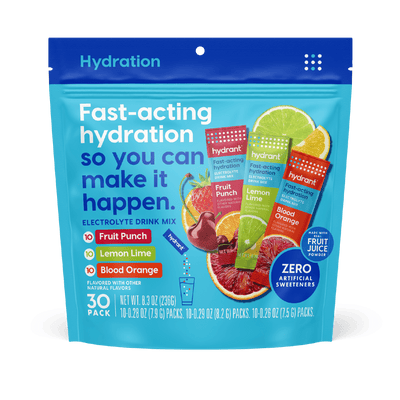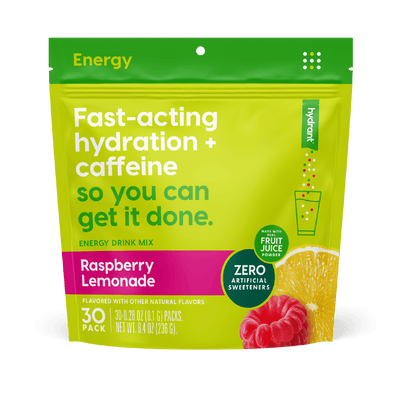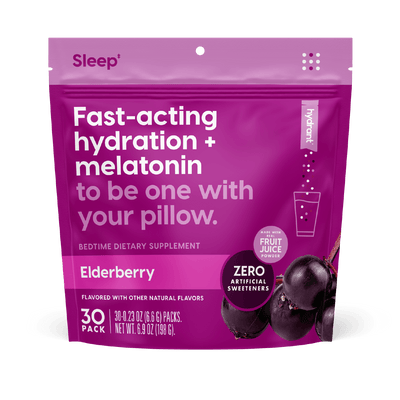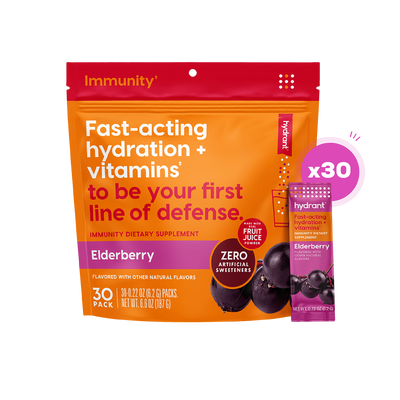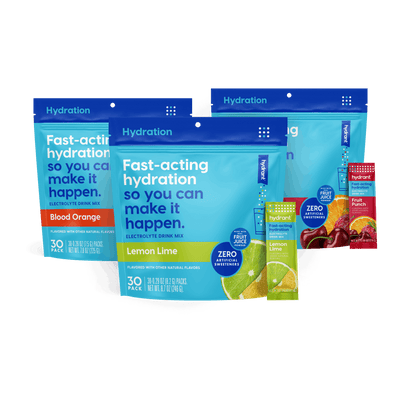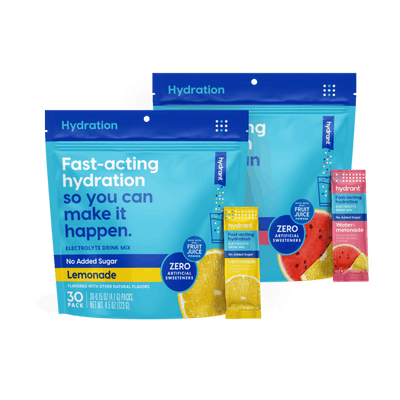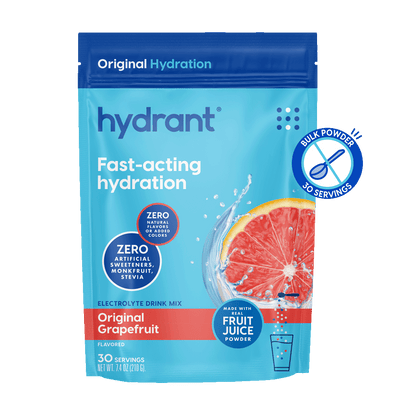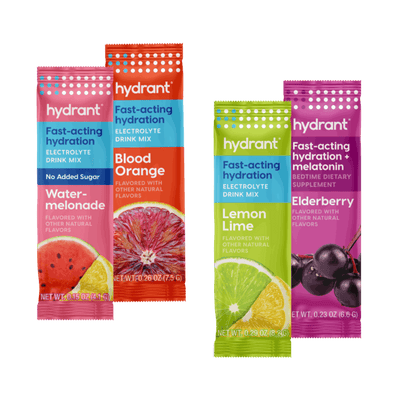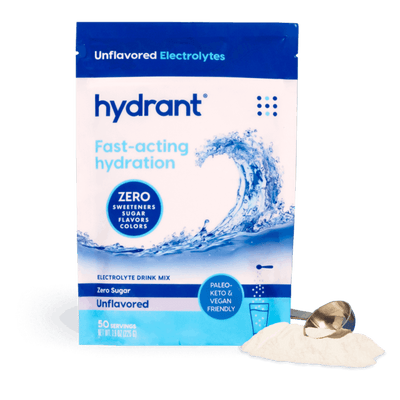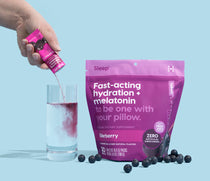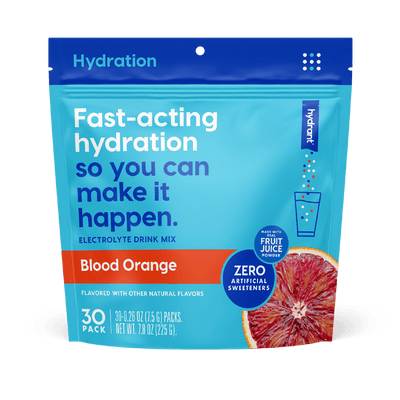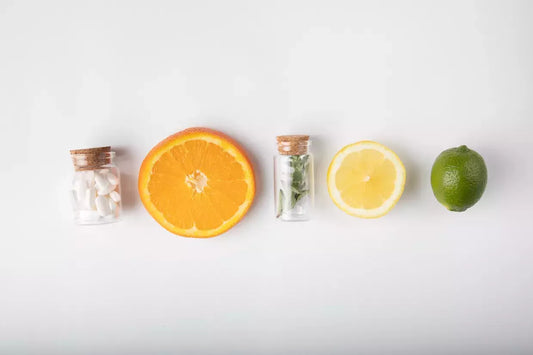Are you getting ready to take a trip to a location with a high elevation? Are you concerned about experiencing dehydration while skiing, hiking, or doing other activities at a high altitude?
It’s common to deal with dehydration when you spend time at altitudes that are higher than what you’re used to. There are also lots of steps you can do to make the adjustment easier and remain comfortable.
Outlined below is your ultimate guide to hydration at different elevations.
High Altitude and Hydration: What’s the Connection?

The following are some of the primary reasons why dehydration can (and usually does) happen at high altitudes:
Decreased Humidity
The higher you climb, the lower the humidity will be. When you’re exposed to dry air for long periods of time, especially while exercising, your chances of becoming dehydrated increase.
This is the case because, when the air is dry, it will pull moisture from anything, including your body.
Your sweat might dry off of your skin more quickly, for example, causing you to not realize that you’re even sweating in the first place. The dry air will also pull moisture from other parts of the body, including the lungs, eyes, and nose.
Increased Respiration
At higher altitudes, your breathing (respiration) rate increases, too. Because there’s less oxygen, your breathing will become faster and shallower. This, in turn, causes increased water loss.
If you’re hiking, climbing, skiing, or doing another type of workout, you’re already going to be breathing faster than usual. Add in the higher elevation, and you could experience a significant decrease in fluid levels.
Increased Urine Output
Higher elevations can lead to increased urine output as well. This happens because the kidneys are able to sense when there’s less oxygen in the air. As a result, they release a hormone known as erythropoietin [1].
Erythropoietin causes the bone marrow to increase the production of red blood cells, which increases the blood’s ability to carry oxygen. In response to an increase in red blood cells, the body gets rid of excess fluid by also increasing urine production.
Decreased Thirst
Finally, when you’re at higher elevations and the temperature is cold, you might not notice your thirst as much as you would at a lower elevation and higher temperature. In fact, some studies show that the combination of cold temperatures and high altitudes can suppress thirst by about 40 percent [2].
Symptoms of Dehydration
If you’re going to be spending time at a higher elevation, you need to know the signs of dehydration and be on the lookout for them. The following are some of the most common symptoms people experience when they’re dealing with dehydration at high altitudes:
- Headaches
- Nausea
- Dizziness
- Muscle cramps
- Fatigue
- Dark-colored urine
You’ll need to be vigilant about watching for signs of dehydration, especially if you’re hiking or doing other activities at a high altitude. Altitude, particularly when it’s combined with cold temperatures, can mask certain symptoms like increased sweating or extreme thirst.
Dehydration and Altitude Sickness
Dehydration can also mask the symptoms of altitude sickness. Altitude sickness comes in three different forms [3]:
- Acute Mountain Sickness: This is the mildest and most common form; symptoms include dizziness, headache, muscle aches, and nausea
- High Altitude Pulmonary Edema: This is a buildup of fluid in the lungs; it can be life-threatening if it’s not addressed right away
- High Altitude Cerebral Edema: This is the most severe form of altitude sickness; it can be life-threatening and occurs when fluid enters the brain
The symptoms of mild altitude sickness are similar to those that occur when a person is dehydrated. People might think that they’re only dealing with dehydration when they’re actually being hit with something more serious, like altitude sickness. Unlike dehydration, altitude sickness doesn’t get better from drinking water. If you find that you’re feeling unwell at high-altitudes, always consult a local medical professional for additional help especially regarding altitude sickness.
How to Prepare for High Altitudes
The goal of sharing information about altitude and dehydration isn’t to scare you away from outdoor adventures or traveling to places at different elevations. We always want to provide the full picture so you’re fully informed before you start your journey. If you’re getting ready for a big hike, a ski trip, or another high-altitude adventure, here are some suggestions that can help keep you hydrated throughout your experience:
Proactively Hydrate
It’s never fun to arrive on an empty gas tank, meaning, you could be setting yourself up for a less than ideal experience if you arrive at a high-altitude destination already dehydrated. As you’re preparing for your excursion and making your way over to the ski resort or the trailhead, make sure you’re drinking plenty of water.

Some people reduce water intake leading up to a big outdoor adventure because they want to minimize the number of bathroom breaks they have to take. This might seem like a good idea at first, but you could regret it later if those symptoms of dehydration start to show up!
Eat Hydrating Foods
In addition to drinking lots of water leading up to your outing, you can also increase your hydration by eating foods that naturally contain lots of water.
There are plenty of fruits and vegetables that will increase your hydration, such as apples, cucumbers, and bell peppers. Incorporate them into your meals or slice them up and toss them in your backpack for an easy, lightweight, and hydrating snack to enjoy on the go.
Drink During Your Activity
Make sure you’re drinking at regular intervals during your activity of choice, too. Keep a water bottle or bladder on hand and stop periodically while you’re hiking or mountain biking so you can rest and rehydrate.
When you’re planning your route, you might want to look at a map and pick out points that are good for taking hydration breaks. That way, you’ll know exactly where to stop and will have already factored those breaks into your journey. Plus, what better way to take in the mountain scenery than during a hydration break?
Minimize Alcohol
Remember that alcohol is a diuretic meaning it causes the body to remove foods faster than other liquids [4]. When you drink alcohol, your kidneys, ureters, and bladder all work together to get rid of the liquid as quickly as possible. If you’re drinking alcohol before you head out on your adventure, moderation is always a good idea. Or better yet, save those craft brews as your reward post-hike. If you do decide to drink alcohol, remember to replenish lost fluids to keep yourself hydrated the next day before you hit the trails or slopes.
Ease into Activity
Finally, try to ease your way into activity at higher altitudes. Keeping your activity light while you get accustomed to the changes in humidity and oxygen levels, is a great place to start. You don’t have to climb an entire mountain on the first day you arrive in a new place.
Remember to be patient with yourself as you’re getting acclimated to the higher altitude, too. It’s not fair to expect the same type of performance at a higher altitude that you would be able to deliver at a lower altitude.
How to Manage Dehydration at High Altitudes
What happens if you start to experience symptoms of dehydration while at a high altitude?

If you’re at an altitude of 8,000 feet or above, sometimes it’s best to know your limits and return to lower altitudes if you’re experiencing altitude sickness. If you’re at a lower (but still higher than you’re accustomed to) elevation, these tips can help you to get and stay hydrated:
Drink Water
The first step to combating dehydration is always to drink water. If you start experiencing signs of dehydration, stop what you’re doing, rest for a few minutes, and get a drink.
Add in an Electrolyte Drink
In addition to replacing fluids lost through sweat, urine, and increased respiration, make sure you’re also replacing electrolytes.
Electrolytes are minerals that improve hydration and help to minimize many symptoms of dehydration (headaches, nausea, muscle cramps, etc.). They’re present in a lot of common foods, but it may not be possible to carry a backpack full of leafy greens, dark chocolate, and seeds when you’re scaling a mountain.
Instead, toss a few packets of a pre-mixed electrolyte drink powder (like Hydrant!) into your pack. These powders are easy to toss in your water bottle and provide you with a dose of essential electrolytes like sodium, magnesium, potassium, and zinc. As one Hydrant fan can attest, our Lime flavor tastes even better at after summiting a 10,000ft peak!
Know When to Call It Quits
Sometimes, you just need to turn around, get some rest, and try again another day. It’s better to be safe than sorry.
If your symptoms don’t get better, don’t keep pushing yourself to climb higher or do more than you’re able. Know when to call it quits. You can always go back, get properly hydrated, and make another attempt later.
Get Your Outdoor Adventure on Today
If you’re getting ready to climb a mountain or exercise at a higher altitude, it’s essential that you make hydration a priority. Remember the information outlined above so you can stay safe and have a fun and memorable trip!
